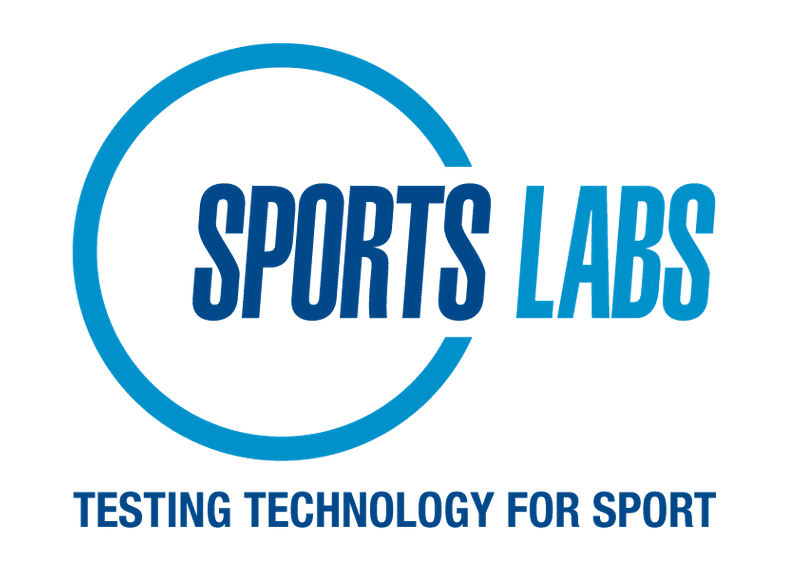Testing Times: Addressing Regional Standards
As a company, we do a lot of testing. This year we will have examined in excess of 1,200 facilities globally -- all subject to a single or a battery of different tests.
The largest number of facilities in a region we examine is in the United States where we test over 700 fields per year against the GMax requirements. In Europe, we perform either a FIFA, World Rugby or International Hockey Federation test on over 600 fields.
The contrast between these two regions could not be more striking. One of the biggest markets in the world, the US, is testing using one single test protocol on a field. Whilst the second biggest market in the world, Europe, is using seven or eight test protocols on each field.
Another concerning issue is that in the US we are only required to examine a field by testing it in 10 locations, or 30 individual drops. In Europe, the field is examined in 20 locations by utilising 255 tests. The whole scale difference in the level of scrutiny that a field receives between the two Continents should be a point of interest to governing bodies, owners, and athletes using the fields.
So why would we want to subject a field to a battery of tests in Europe if in the US we can simply do one test?
At this time, shock attenuation is the only thing of interest to the specifier in the US and the change to incorporate a broader evaluation approach is slow to occur.
In Europe, the testing takes in performance, such as:
ball surface interaction - ball roll (large ball)
vertical ball rebound (large ball) safety
shock absorption
vertical deformation
rotational resistance
impact attenuation (HIC)
construction quality
evenness (surface regularity)
infiltration
The reason why Europe has a more grown-up approach is simple – to raise the quality of the installed field and to provide tools which can be used to continually test fields to make sure that player welfare is still a major consideration -- especially on an ongoing basis as the field ages. This concept in the US is restricted to, on occasion, cyclic GMax tests as a field ages. There is a big difference between the two.
Why is it important to use a broad-based approach to evaluate a field?
Often we are asked what tests are designed to tell us about the surfaces. The following table was put together for the OneTurf* concept and it is a good indication of why we would want to adopt the European approach in the United States.
WHAT DO FIELD TESTS TELL US?
Where can I find out more about a proper broad-based approach to evaluating a field?
There are a number of useful links where you can find out more:
FIFA
World Rugby
FIH
Sports Labs




